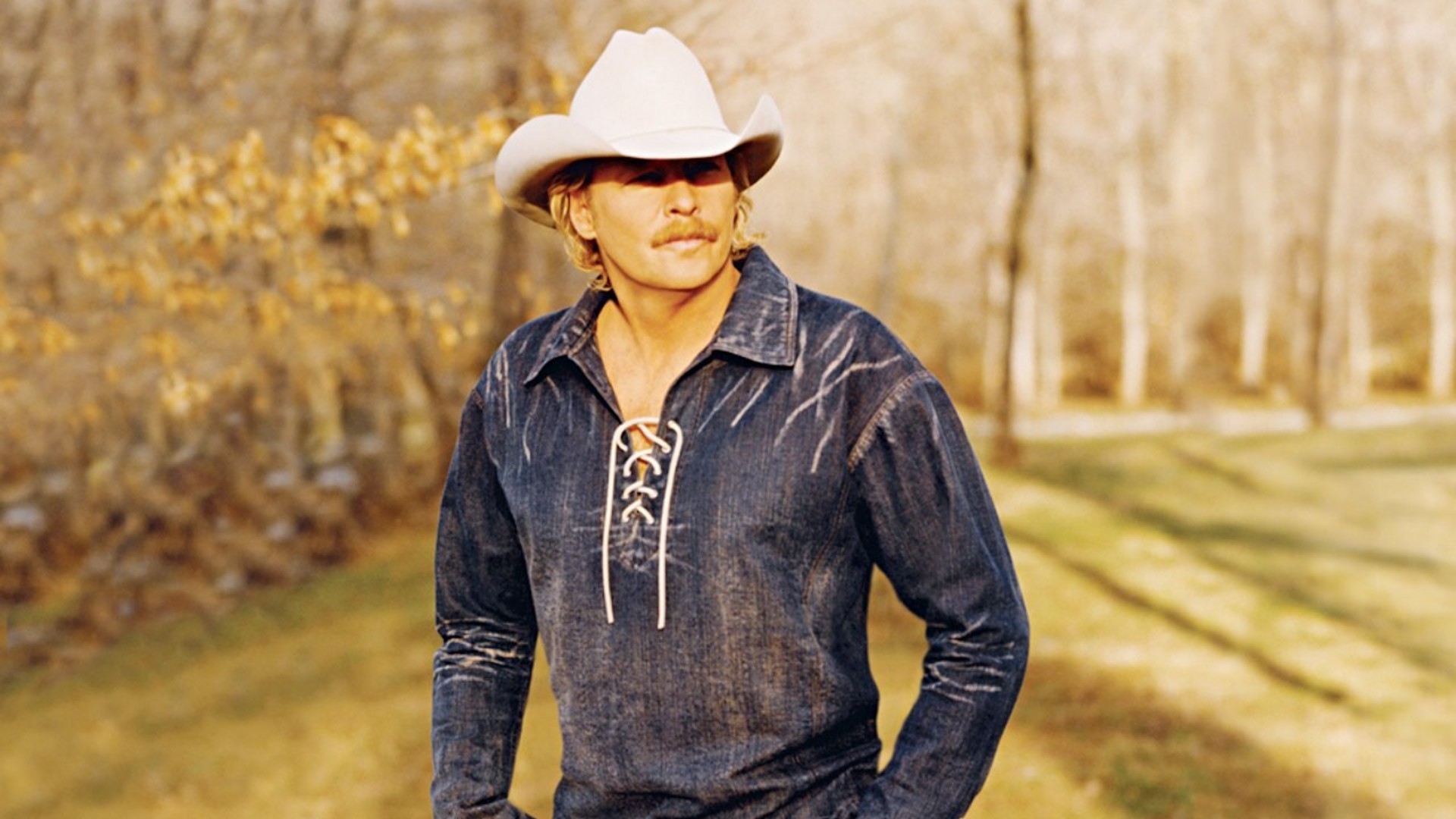About The Song
Alan Jackson’s “Where the Cottonwood Grows” is a poignant ballad that paints a vivid picture of young love, lost dreams, and the bittersweet ache of nostalgia. Released in 1990 as the lead single from his album **A Little Bit Lonely, the song quickly became a country music staple, topping the Billboard Hot Country Songs chart and earning Jackson a Grammy Award nomination for Best Country Song.
Jackson’s evocative lyrics transport listeners to a bend in the river, where two young lovers, bathed in the golden glow of the Southern sun, share stolen moments of bliss amidst the rustling cottonwood trees. The song’s verses capture the innocence and carefree spirit of their youth, as they dance, sing, and dream of a future together.
The chorus, however, strikes a more somber tone, as the narrator reflects on the passage of time and the inevitable changes that life brings. The “fork in the river” symbolizes the divergent paths they have taken, and the narrator’s wistful question, “Would we still be laying by the wild red rose?” hangs heavy in the air.
Despite the melancholic undertones, “Where the Cottonwood Grows” is ultimately a celebration of love’s enduring power. The narrator may have lost his love, but the memories they shared remain as vibrant as ever, forever etched in his heart. The song’s closing lines, “I can close my eyes and it takes me back,” offer a glimmer of hope, suggesting that the past, though gone, can still be a source of solace and joy.
Jackson’s gentle vocals and the song’s simple, yet evocative melody perfectly complement the lyrics, creating a listening experience that is both tender and thought-provoking. “Where the Cottonwood Grows” is a timeless classic that has resonated with listeners for over three decades, and its message of love, loss, and the enduring power of memory is as relevant today as it was when the song was first released.
Additional Information
- “Where the Cottonwood Grows” was written by Jackson and Mark Miller.
- The song has been covered by numerous artists, including Garth Brooks and Trisha Yearwood.
- It was featured in the 1992 film **A League of Their Own.
